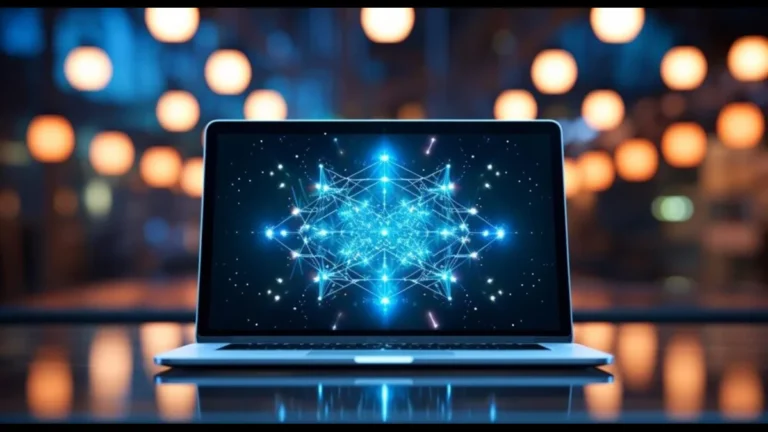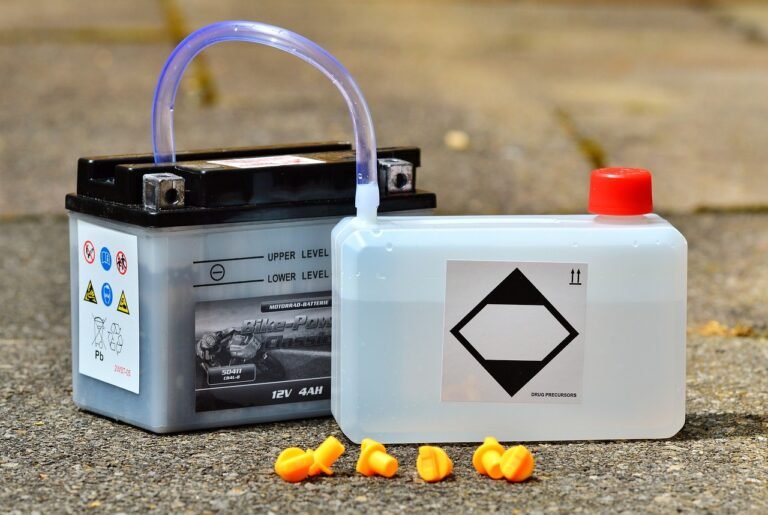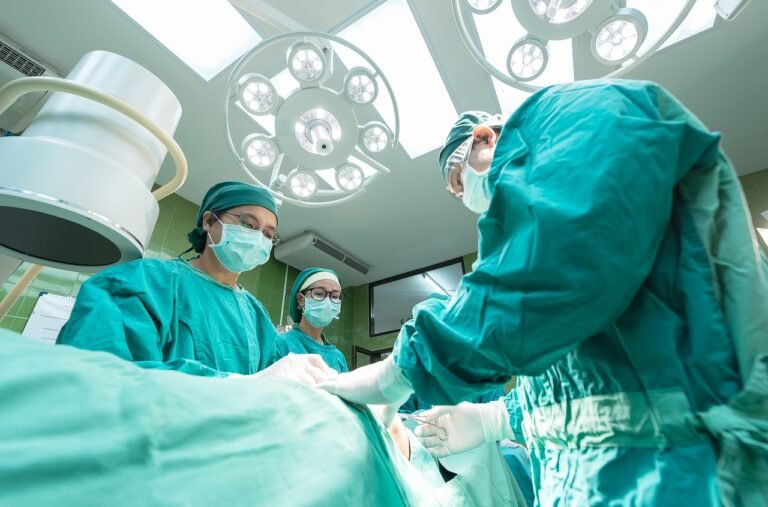
The Micro Start XP10 is a highly versatile and compact lithium jump starter designed primarily to revive dead car batteries. It’s also equipped with USB and DC ports to charge various devices, making it a popular choice for emergency kits. However, a question that may arise is: Can I use my Micro Start XP10 as a defibrillator?
This article delves into the capabilities of the Micro Start XP10, the functioning of defibrillators, and why the two are not interchangeable. It also highlights the dangers of attempting to use a device like the XP10 for medical purposes and the importance of proper equipment in emergencies.
What Is the Micro Start XP10?
The Micro Start XP10 by Antigravity Batteries is a portable jump starter and power bank with a robust design aimed at providing reliable power on the go. Its key features include:
- Jump Starting Power: Capable of jump-starting vehicles up to 7.3L gas engines or 5.9L diesel engines.
- Multi-Device Charging: Equipped with USB, 12V, and 19V ports to charge phones, laptops, and other electronics.
- Compact Design: Lightweight and easy to store in vehicles or emergency kits.
- Safety Features: Built-in protections against reverse polarity, overcurrent, and short circuits.
The XP10 is a lifesaver in automotive and electronic emergencies, but it’s not a medical device.
Understanding Defibrillators and Their Function
A defibrillator is a medical device used to deliver an electric shock to the heart during life-threatening cardiac events, such as ventricular fibrillation or pulseless ventricular tachycardia. The shock helps reset the heart’s rhythm, potentially saving a life. Key features of defibrillators include:
- Specific Voltage and Current: Defibrillators are designed to deliver precise, controlled electrical shocks tailored for cardiac tissue.
- Medical Sensors: Equipped with electrodes that detect heart rhythm and determine the appropriate energy levels for treatment.
- Safety Mechanisms: Prevent accidental shocks and ensure correct usage during emergencies.
Types of Defibrillators
- Automated External Defibrillators (AEDs): Portable devices commonly found in public places for non-professional use.
- Manual Defibrillators: Used by healthcare professionals in hospitals and ambulances.
- Implantable Defibrillators: Surgically placed inside the body for ongoing heart rhythm monitoring and correction.
Can the Micro Start XP10 Be Used as a Defibrillator?
The straightforward answer is no. The Micro Start XP10 is not designed or certified for medical use. Here’s why:
1. Lack of Medical Calibration
- Defibrillators require precise energy levels (typically 200–360 joules) to reset the heart rhythm without causing further damage.
- The XP10, while powerful, lacks the calibration and sensors needed to measure and deliver appropriate shocks for cardiac emergencies.
2. No Heart Rhythm Detection
- A defibrillator assesses the patient’s heart rhythm before delivering a shock. The XP10 has no capability to monitor or interpret cardiac rhythms.
3. Safety Concerns
- Using a non-medical device like the XP10 to attempt defibrillation could result in severe injury or death due to uncontrolled electrical discharge.
- The XP10’s energy output is tailored for jump-starting vehicles, not interacting with delicate human tissues.
4. Legal and Ethical Implications
- Attempting to use the XP10 as a defibrillator could lead to legal repercussions, especially if harm occurs. It’s crucial to use certified medical devices in emergencies.
Dangers of Using Non-Medical Devices for Medical Purposes
Using non-medical devices like the XP10 in a medical emergency is highly dangerous and should never be attempted. Potential risks include:
1. Electrocution
- The XP10 delivers a high current intended for automotive use, which could cause severe burns, organ damage, or death if applied to a human.
2. Irreversible Damage
- Improper shocks can exacerbate cardiac arrhythmias or cause permanent damage to the heart muscle.
3. Delayed Treatment
- Attempting to use the XP10 wastes critical time that could be spent obtaining proper medical assistance or using an AED.
What to Do in a Cardiac Emergency
In a cardiac emergency, follow these steps instead of attempting to use non-medical devices:
1. Call Emergency Services
- Dial your local emergency number immediately to report the situation.
2. Use an AED
- Locate and use an AED if available. These devices are designed for easy use by non-medical personnel and provide clear instructions.
3. Perform CPR
- If an AED is not available, begin CPR (cardiopulmonary resuscitation) to maintain blood flow until professional help arrives.
Proper Applications of the Micro Start XP10
While the XP10 cannot be used as a defibrillator, it excels in the following situations:
- Jump-Starting Vehicles: Reviving dead car, motorcycle, or boat batteries.
- Charging Electronics: Powering phones, tablets, laptops, and cameras during travel or emergencies.
- Camping and Outdoor Use: Providing portable power for lights, fans, or other devices.
- Emergency Preparedness: Serving as a reliable backup power source during power outages.
Conclusion
The Micro Start XP10 is a fantastic tool for automotive and electronic emergencies, but if you’re asking yourself, can I use my micro start xp10 as a defibrillator? the answer is no. Using the XP10 for medical purposes is not only ineffective but also dangerous and potentially life-threatening. In emergencies requiring defibrillation, always rely on proper medical devices such as AEDs or seek immediate professional assistance.
By understanding the limitations of the XP10 and respecting the specialized purpose of defibrillators, you can ensure the safety of yourself and others while making the best use of this versatile device in its intended context.







